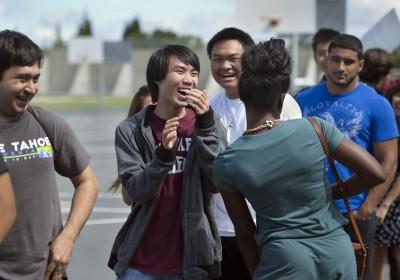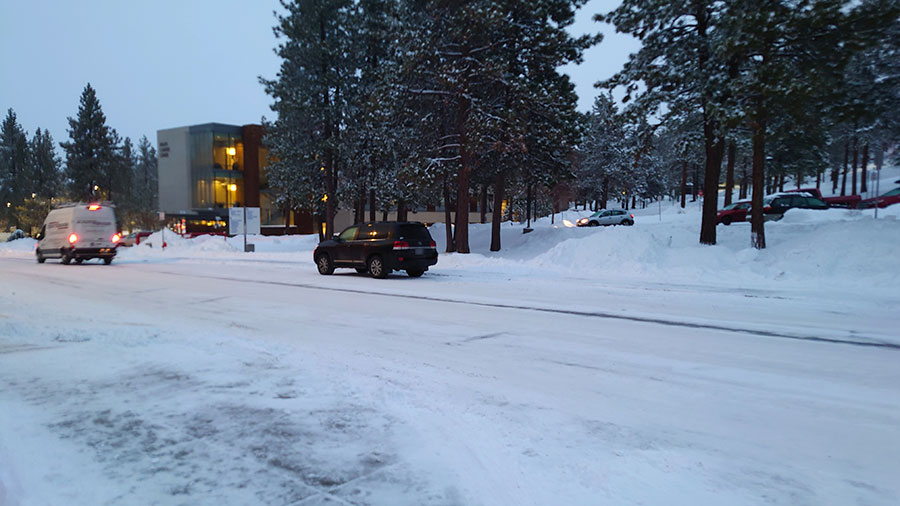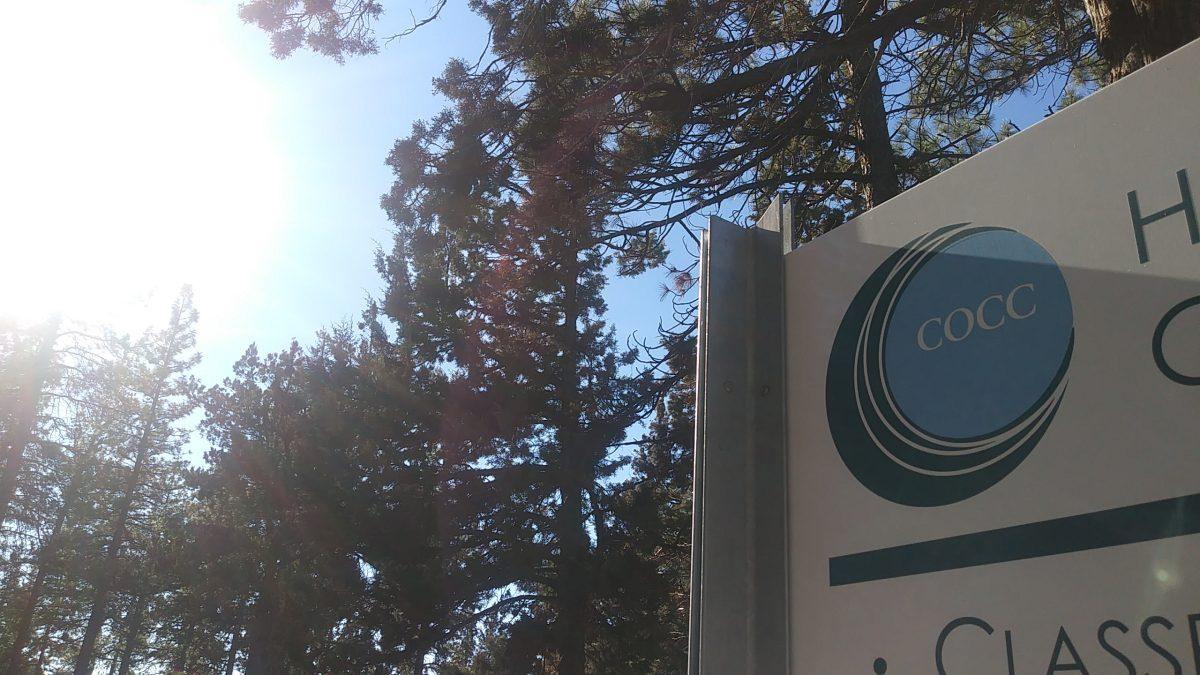If you are struggling in class, the solution might be less class. Recent digital instruction methods give students a strong start at success, according to Marla Hacker, dean of academic success at Oregon State University Cascades.

“There are many advances brought about by technology that can help to make classes more effective for students trying to balance coursework and life,” Hacker said.
One of the digital instruction methods offered is hybrid classes. This format of classes is taught with a combination of online and in class learning. Enrollment in hybrid classes has been increasing in the past few years, according to Hacker.
“Here in Central Oregon we have learned that students appreciate the hybrid format,” Hacker explained.
To accommodate for the increasing interest in this style of classes, six OSU-Cascades professors took part in a hybrid learning community to help them be more effective online users, according to Sara Thompson. Thompson was one of the professors who attended the summer session.
“It gave us an opportunity to rethink and restructure hybrid classes and formats to help us better teach the hybrid courses,” Thompson said. “It was a wonderful experience and we were able to experience as professors what it is like to be in a hybrid class.”
Hybrid classes accommodate many learning styles
There are many reasons students would prefer to take a hybrid class, Hacker said.
“Hybrid classes really fit well with balancing the complexity of life,” Hacker explained. “It is easier for students who are working and raising families to not have to come to campus as often.”
The format of these classes enable student learning, explained Hacker.
“In some classes, students leave class and wish they were able to see the lecture again,” Hacker said. “For hybrid classes most professors post lectures online where students can watch the lecture over and over again.”
For students living outside of Bend having a class that is taught partly online helps with commute costs also, according to Thompson.
“With the winters we have in Central Oregon, having hybrid classes makes it so there are fewer days where students wouldn’t be able to come to class due to road conditions and commute trouble,” Thompson said.
Advantages for professors
There are also advantages for professors teaching hybrid classes, according to Thompson.
“Hybrid helps us manage our time better,” Thompson said, referring to colleagues teaching hybrid classes. “Some of the basic sharing that happens in class can happen online. This method saves time for both students and faculty.”
The initial time it takes for professors to set up a hybrid class pays off in the long term, explained Thompson.
“Once the initial work is out of the way of getting everything up and going, we save time because the material is all ready for students,” Thompson explained.
Students OSU-Cascades received positive feedback from students who enjoyed the “inclusive” environment of the hybrid classes, according to Thompson.
“When students have a discussion online it helps to encourage everyone to be involved,” Thompson said.
Live transmission classes add to course offerings
Another method of digital instruction is live transmission courses. This class format allows professors from Corvallis to teach students in Bend and vice versa.
Approximately five to ten percent of classes are in the live transmission format, according to Hacker.
“Students can see the professor and ask questions through the screen then the class is able to meet face to face with the professor a couple times a term,” Hacker said.
Interest in live transmission classes is not as large as hybrid courses or traditional courses, according to Hacker.
“Some students do prefer to have more in person interaction with their professors which is something they don’t get through live transmission classes,” Hacker said.
Limitations of hybrid classes
Over 90 percent of students who have taken a hybrid class at OSU-Cascades would take another hybrid class, according to Hacker.
“There are students who don’t like the format,” Hacker said, “those students are typically the ones who aren’t currently working and who have more time to invest on campus.”
With all of the advantages to hybrid classes there are a few technological limitations that could make it a difficult option for some, according to Hacker.
“For students who live in a rural area sometimes internet connection can be slow which can be a difficulty if there are assignments due,” Thompson said. “As we go forward with this, technology will be one of the most important parts of keeping up with the transition.”
One of the ways OSU-Cascades is seeking to counter this is by having more technology available to students on campus, explained Thompson.
“If we have more technology open for student use here on campus, it would help with students living in a rural area,” Thompson said. “The only disadvantages would be that students would have to come to class more often to take advantage of the added resources.”
Although there has been an increase in hybrid and online classes, in-class classes will remain the most common delivery system, according to Hacker.
Molly Svendsen
The Broadside













